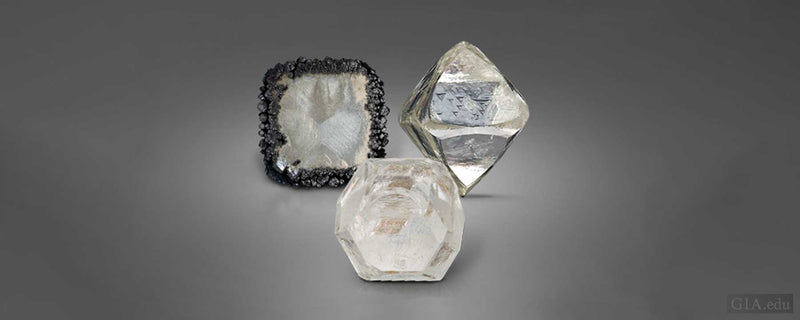Introduction
Welcome to the sparkling world of lab-grown diamonds! If you’re diving into the diamond market, chances are you’ve come across terms like hpht vs cvd. But what exactly do these acronyms mean, and how do they influence the diamonds you’re eyeing? Let’s embark on a journey to uncover the secrets behind hpht vs cvd processes, and explore how they shape the diamonds we adore.
Understanding Lab-Grown Diamonds
What are Lab-Grown Diamonds?
Lab-grown diamonds, also known as synthetic or cultured diamonds, are created in controlled environments that mimic the natural conditions under which diamonds form deep within the Earth’s mantle. These diamonds possess the same chemical composition, crystal structure, and optical properties as their mined counterparts, but their origin story is quite different.
HPHT: High Pressure, High Temperature
The HPHT Process Explained
High Pressure, High Temperature (HPHT) is one of the methods used to produce lab-grown diamonds. In this process, a small diamond seed is placed in a press where it is subjected to extreme pressure and high temperature, replicating the conditions found in the Earth’s mantle. This causes carbon atoms in a carbon-rich environment to crystallize around the seed, gradually forming a diamond over time.
Advantages of HPHT Diamonds
HPHT diamonds are renowned for their exceptional clarity and color. The intense pressure and heat eliminate impurities within the diamond, resulting in a gemstone of remarkable purity. Additionally, HPHT diamonds often exhibit a natural-looking color, making them highly desirable for various jewelry applications.
CVD: Chemical Vapor Deposition
Deciphering the CVD Process
Chemical Vapor Deposition (CVD) is another technique employed to create lab-grown diamonds. Unlike the HPHT method, which relies on pressure and heat, CVD involves the deposition of carbon atoms onto a substrate in a vacuum chamber. A hydrocarbon gas, such as methane, is broken down into its constituent elements, man made diamonds, and carbon atoms are deposited layer layer onto a diamond seed, facilitating the growth of a diamond.
Unique Traits of CVD Diamonds
CVD diamonds are celebrated for their exceptional purity and consistency. The controlled deposition process ensures that CVD diamonds possess minimal inclusions and defects, resulting in gems of unparalleled clarity. Furthermore, CVD technology allows for the production of large, high-quality diamonds that are ideal for a variety of applications, from engagement rings to industrial tools.
HPHT vs CVD: The Showdown
Quality and Characteristics
When comparing hpht vs cvd diamonds, it’s essential to consider their quality and characteristics. HPHT diamonds often boast superior clarity and color, thanks to the intense pressure and heat they undergo during formation. On the other hand, CVD diamonds are prized for their consistency and purity, with minimal inclusions and defects.
Color Enhancement
One significant difference between hpht vs cvd diamonds lies in their approach to color enhancement. While HPHT diamonds naturally acquire color during the growth process, CVD diamonds may undergo post-growth treatments to alter their hue. This distinction is crucial for consumers seeking specific colors in their diamond selections.
Size and Availability
In terms of size and availability, both hpht vs cvd diamonds offer distinct advantages. HPHT technology allows for the production of large, high-quality diamonds suitable for various applications. However, CVD technology boasts scalability and efficiency, making it a preferred choice for producing a consistent supply of diamonds for commercial purposes.
Conclusion
In the dynamic world of lab-grown diamonds, the debate between hpht vs cvd continues to captivate enthusiasts and industry experts alike. While each process has its unique strengths and characteristics, both contribute to the diverse array of diamonds available in today’s market. Whether you’re drawn to the pristine clarity of an HPHT diamond or the flawless purity of a CVD diamond, one thing is certain – the future of diamonds shines bright with innovation and possibility.




